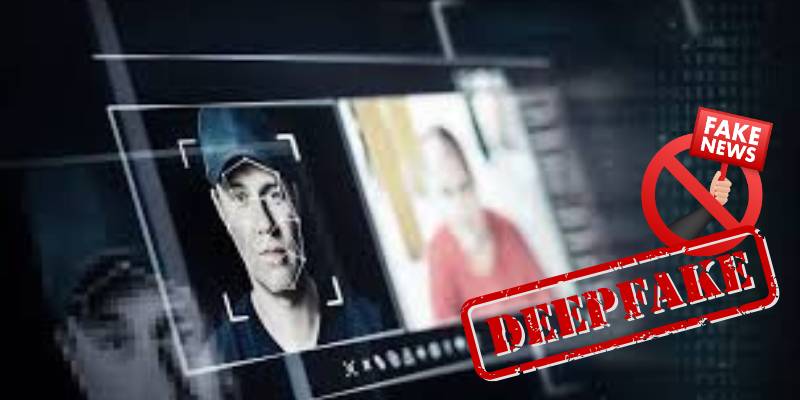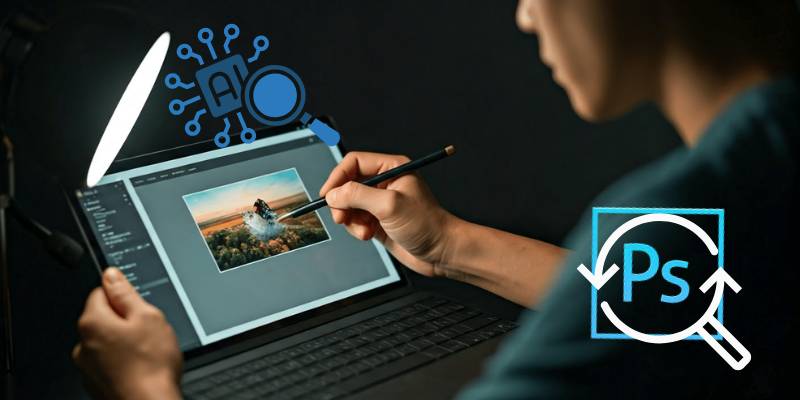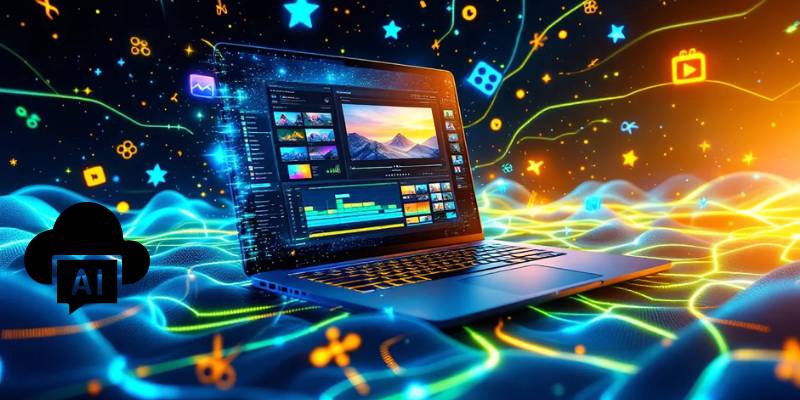I don’t know about you, but the first time I saw an AI-generated image that looked indistinguishable from a real photo, I felt two emotions at once: wonder and dread. Wonder, because the detail and artistry were breathtaking.
Dread, because I realized almost instantly how this could be weaponized. It’s the double-edged sword of technology—we invent something powerful, then scramble to manage its consequences.
When it comes to AI photo generators, that scramble feels more urgent than ever. On one side, these tools make creativity accessible.
On the other, they’ve opened the floodgates to deepfakes, fake news, and misinformation so convincing it could sway elections, destroy reputations, and blur the line between truth and fabrication.
So, let’s talk honestly about the dark side. What’s happening? Why does it matter? And what do we do when the very fabric of reality starts feeling… negotiable?
The Allure of AI Photo Generators
Before we dive into the shadows, it’s worth acknowledging why these tools are so appealing in the first place.
AI photo generators have democratized visual creation. You type in a prompt—“a city skyline at sunset with neon clouds”—and seconds later you’ve got something stunning. No brushes, no cameras, no years of Photoshop training. Just instant results.
For artists, marketers, small business owners, and even students, it’s a gift. It levels the playing field, allowing anyone to create visuals that would’ve cost thousands of dollars just a decade ago. And that’s why adoption has skyrocketed.
But like many disruptive tools, the qualities that make them exciting also make them dangerous.
The Rise of Deepfakes
Deepfakes are the poster child for the dark side of AI image generation. At their core, they’re manipulated images or videos that replace one person’s likeness with another’s. With enough polish, they can look eerily real.
At first, deepfakes were treated like internet parlor tricks—celebrities’ faces swapped into movies for laughs. But it didn’t take long for the implications to sink in. Political figures, CEOs, and everyday people could all be targeted.
Imagine a fake video of a world leader declaring war or a doctored clip of a CEO making false financial announcements. The stakes aren’t just personal; they’re geopolitical.
In fact, a 2023 report by Deeptrace Labs estimated that deepfake content online has been doubling every six months.
And according to a study published in MIT Technology Review, 96% of deepfakes circulating online involve nonconsensual pornography, most targeting women. That statistic alone should stop us in our tracks.
Fake News and Visual Manipulation
If misinformation spreads quickly with words, imagine how much faster it spreads with visuals. People are more likely to trust what they see than what they read, and fake images tap directly into that instinct.
During elections, AI-generated images have already been used to stir controversy. In 2023, an AI photo of Pope Francis wearing a designer white puffer jacket went viral. It was harmless in that case, but it proved how quickly an AI fake can fool millions.
If an innocent picture can capture headlines, what happens when malicious actors generate images designed to deceive voters or inflame tensions?
The Pew Research Center found in 2022 that 62% of Americans believe misinformation is a “major problem” in the country (Pew Research). With AI photo manipulation accelerating, that number is only likely to rise.
Photographers Divided Over AI
Among professionals, the reaction to AI is mixed. Some embrace it as another tool in their kit, while others see it as an existential threat.
I’ve spoken to photographers who are divided over the issue. One wedding photographer told me AI helps them quickly edit backgrounds and enhance lighting. Another said clients are starting to ask if their photos were “real,” and that loss of trust is devastating to their art.
It’s a fair concern. Photography has always been about capturing reality—or at least an interpretation of it.
If AI can fabricate reality, what does that mean for the authenticity of the profession? Will clients still value the skill of a photographer, or will they settle for a cheaper AI-generated alternative?
From Trends: How Fake Images Spread
One of the scariest things about fake visuals is how easily they travel. Social media is designed for rapid sharing, and images require less cognitive effort to process than long articles. That’s why memes go viral faster than essays.
Looking from trends in the past five years, it’s clear misinformation often gains traction before fact-checkers can debunk it.
A fake image can rack up millions of shares before corrections ever surface—and by then, the damage is done. Research from MIT found that false information spreads six times faster on Twitter than the truth.
Now imagine combining that velocity with ultra-convincing AI visuals. It’s like pouring gasoline on a fire we already couldn’t control.
The Psychological Impact
Here’s where things get personal. Humans rely heavily on sight. When we see something, we believe it. If AI erodes that trust, the consequences extend far beyond fake news.
- Erosion of Shared Reality: If we can’t agree on what’s real, how do we solve problems together?
- Emotional Manipulation: Fake photos of disasters, crimes, or political scandals can generate outrage and fear, even after they’re debunked.
- Paranoia and Fatigue: Constant exposure to manipulated content can make people cynical, unwilling to believe anything they see.
I’ve felt this myself. There are times I come across a photo online and hesitate—is this real? That small doubt chips away at my sense of certainty. And I know I’m not alone.
Attempts at Regulation
Governments and tech companies are scrambling to address the problem, but progress is uneven.
- Watermarking and Metadata: Some companies are experimenting with invisible watermarks to label AI-generated images.
- Legislation: The EU’s AI Act, for example, includes provisions requiring disclosure when content is artificially generated.
- Platform Policies: Social media companies claim to be improving detection, though their track record is spotty.
The problem is scale. AI can generate millions of images faster than any watchdog can review them. It’s a whack-a-mole game with no end in sight.
The Role of Education
If technology can’t fully protect us, maybe awareness can. I’m a believer in media literacy—teaching people how to question what they see, spot inconsistencies, and think critically.
Schools and universities are starting to incorporate AI literacy into their curricula, and I think that’s crucial. Because the next generation won’t just consume AI content—they’ll live in a world where AI-altered reality is the default.
A good top guide for individuals? Always question the source, look for corroboration, and trust your skepticism. If an image feels too shocking or too perfect to be true, it probably is.
What This Means for Creativity
Not everything on this topic has to be doom and gloom. AI image generation also raises interesting questions about art. If you can create something beautiful with a prompt, is it less valid than painting it by hand?
Artists have always embraced new tools, from cameras to Photoshop. Maybe AI is just the next step. But when art is used to deceive, we need to draw boundaries. Personally, I think AI creativity can coexist with traditional mediums—but only if transparency is part of the process.
My Take: Where We Go From Here
So, can AI photo generators replace reality? In some ways, yes. But should they? That’s where we have a choice.
The dark side—deepfakes, misinformation, fake news—isn’t inevitable. It’s a byproduct of how humans use the technology. If companies build safeguards, if governments set clear policies, and if individuals learn to question what they see, we can minimize the damage.
But if we don’t? The consequences could be devastating. Democracies rely on informed citizens. Communities rely on shared truths. Relationships rely on trust. Without those, everything starts to fracture.
Closing Thoughts
The rise of AI photo generation is one of the most exciting technological shifts of our time, but it’s also one of the most dangerous. We stand at a crossroads: use these tools to empower creativity and accessibility, or let them spiral into tools of deception.
I don’t think we should abandon AI images altogether. They’re here to stay. But we need a cultural shift—valuing authenticity, demanding transparency, and holding platforms accountable.
Because once we stop believing what we see, rebuilding that trust may be the hardest edit of all.


